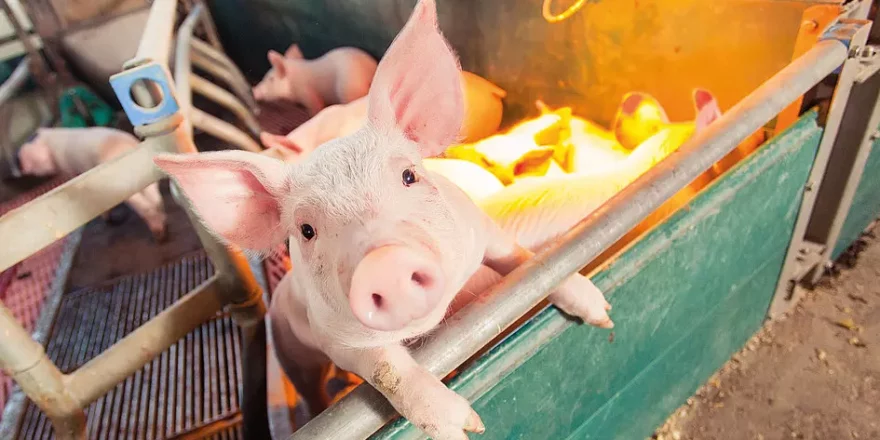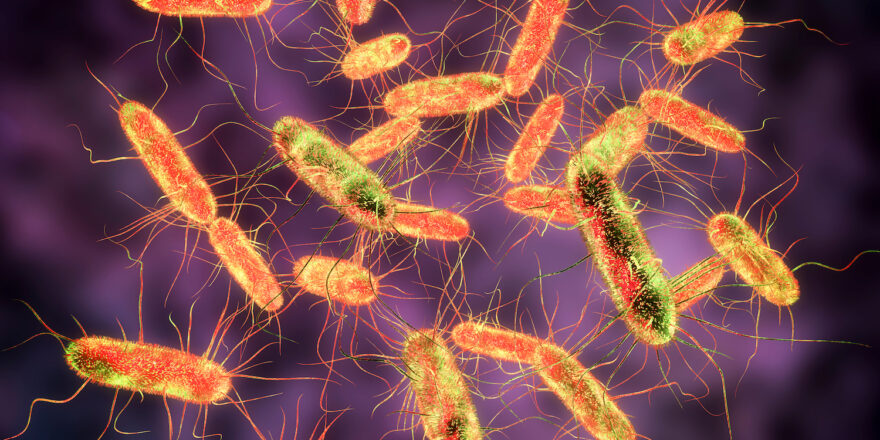
Have you ever noticed firm lumps or nodules on your cattle and wondered what it could be? You’re not alone. Lumpy Skin Disease (LSD) is a viral infection that is causing serious concern for cattle farmers around the world. Whether you’re a seasoned farmer, a veterinarian, or just someone passionate about animal health, understanding this disease is critical to protecting your livestock and maintaining a productive herd.
By the time you finish reading this post, you’ll have a clear understanding of what Lumpy Skin Disease is, how it spreads, what symptoms to look for, and most importantly, how you can protect your cattle from this costly disease.
What is Lumpy Skin Disease?
Let’s start with the basics: Lumpy Skin Disease (LSD) is a highly contagious viral disease that affects cattle. It’s caused by the capripoxvirus, and while it doesn’t affect humans, it wreaks havoc on cattle herds. First discovered in Africa, it’s now spreading to other parts of the world, particularly in regions like Asia and the Middle East. If you’re farming in an area where biting insects like mosquitoes and flies are common, your cattle are at risk.
The virus leads to large, firm lumps or nodules on the skin of infected cattle. While LSD is not usually fatal, it can severely affect your animals’ health, causing weight loss, reduced milk production, and long-term skin damage that impacts the value of their hides.
How Does Lumpy Skin Disease Spread?
Knowing how this disease spreads will help you prevent it from taking over your herd. Lumpy Skin Disease spreads in a few key ways:
- Biting Insects: This is the primary culprit. Flies, mosquitoes, and ticks bite infected animals and spread the virus to healthy ones.
- Direct Contact: Cattle can also catch the virus through direct contact with infected animals or contaminated water, feed, and equipment.
- Environmental Factors: Warm, wet environments provide a perfect breeding ground for the insects that carry LSD, so outbreaks are more common in the rainy season.

As a farmer, knowing when your area is at higher risk due to environmental conditions can help you take preventative steps, which we’ll cover shortly.
Symptoms and Early Detection of Lumpy Skin Disease
Spotting Lumpy Skin Disease early can mean the difference between containing it to a few animals and watching it spread through your entire herd. Here are the key symptoms you should look for:
- Lumps or Nodules: The most visible sign of LSD is the appearance of hard lumps on the skin, typically on the neck, head, udder, and genital areas.
- Fever: Infected cattle often have a fever, which can go unnoticed if you’re not actively checking.
- Swollen Lymph Nodes: You might notice swollen lymph nodes around the head and neck.
- Discharge: Look for a runny nose or discharge from the eyes.
- Lameness: Some cattle may start to limp due to swelling in their legs.

Early detection is crucial because the sooner you spot the disease, the faster you can isolate infected animals and prevent further spread.
Impact of Lumpy Skin Disease on Your Farm
If you’re thinking, “How bad could it really get?” the answer is, unfortunately, quite bad. LSD can impact your farm in several ways:
Health Impact on Cattle
- Weight Loss: Sick animals lose their appetite, leading to significant weight loss.
- Reduced Milk Production: Lactating cows will produce less milk, which hits your bottom line.
- Damaged Hides: Those nodules? They leave scars, reducing the quality of your cattle’s hides.
Economic Impact on Your Farm
- Loss of Productivity: Reduced milk yield, weight loss, and poor hide quality mean you’re getting less return on your cattle.
- Treatment Costs: Veterinary costs, medications, and biosecurity measures all add up.
- Potential Trade Restrictions: LSD outbreaks can lead to quarantine zones or restrictions on livestock trade, impacting your ability to sell cattle.
Diagnosing Lumpy Skin Disease
If you suspect Lumpy Skin Disease in your herd, it’s important to get a professional diagnosis. Here’s how it’s done:
- Clinical Examination: A veterinarian will look for the classic nodules and other symptoms of LSD.
- Laboratory Testing: If symptoms alone aren’t enough, a sample from the animal will be sent for laboratory testing, such as PCR (Polymerase Chain Reaction) testing, to confirm the presence of the virus.
- Rule Out Other Diseases: LSD can look similar to other skin diseases, so it’s important to rule out other conditions like ringworm or bovine dermatophilosis.
How to Treat Lumpy Skin Disease
Unfortunately, there’s no cure for Lumpy Skin Disease, but you can manage the symptoms and help your cattle recover. Here’s how:
- Antibiotics: While these don’t cure the virus, they help prevent secondary bacterial infections in the skin lesions.
- Anti-inflammatory Drugs: These can reduce swelling and discomfort.
- Supportive Care: Keeping your cattle well-hydrated and properly fed helps their immune system fight off the disease.
- Isolation: Separate infected animals from the rest of your herd to prevent the disease from spreading.

While treatment won’t cure the virus, it helps manage the symptoms and supports the animal’s recovery.
Prevention and Control of Lumpy Skin Disease
Now that you know how harmful LSD can be, let’s talk about how you can prevent it from affecting your herd. The good news is, prevention is much more effective and cost-efficient than treatment. Here’s what you can do:
1. Vaccination
Vaccinating your cattle is the most effective way to prevent Lumpy Skin Disease. Talk to your vet about the right vaccine for your region, and be sure to:
- Vaccinate calves at 6–12 months of age.
- Keep a schedule for annual booster vaccinations, especially before peak insect season.
2. Biosecurity Measures
In addition to vaccination, improving the overall biosecurity on your farm will greatly reduce the risk of an outbreak:
- Insect Control: Use insecticides and repellents to control biting flies, ticks, and mosquitoes.
- Quarantine New Cattle: If you buy or transport cattle, quarantine them for at least two weeks to ensure they’re not bringing LSD into your herd.
- Disinfection: Regularly clean and disinfect feed troughs, water sources, and other equipment to prevent indirect transmission.
- Limit Animal Movement: Avoid moving cattle during high-risk times, such as during the rainy season when biting insects are more active.
Long-Term Outlook for Affected Herds
If your cattle contract Lumpy Skin Disease, recovery can take time, but most animals do pull through with the right care.
- Recovery Timeline: Cattle usually recover within 2–4 weeks, though severe cases may take longer.
- Rehabilitation: Ensure they receive proper nutrition and plenty of rest. Monitor them closely for signs of secondary infections.
- Future Prevention: Once your herd has recovered, keep biosecurity and vaccination measures in place to prevent another outbreak.
Frequently Asked Questions (FAQs)
Q: Can Lumpy Skin Disease spread to humans?
A: No, LSD is not zoonotic and cannot infect humans.
Q: How often should I vaccinate my cattle against LSD?
A: Cattle should be vaccinated once a year, and calves should be vaccinated when they’re 6–12 months old.
Q: What should I do if I suspect Lumpy Skin Disease in my cattle?
A: Immediately isolate the infected animals and contact your vet for a confirmed diagnosis and advice on next steps.
Lumpy Skin Disease is a serious threat to your cattle and your farm’s profitability, but with early detection and strong prevention measures, you can protect your herd. By vaccinating, maintaining good biosecurity, and staying vigilant, you can keep your livestock healthy and productive.
Don’t let Lumpy Skin Disease catch you off guard. Stay proactive, protect your cattle, and ensure your farm remains a thriving, profitable operation.



